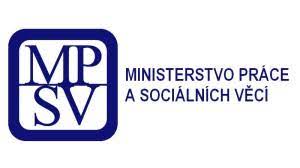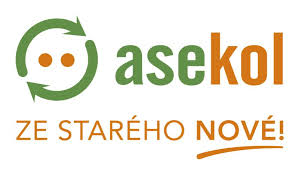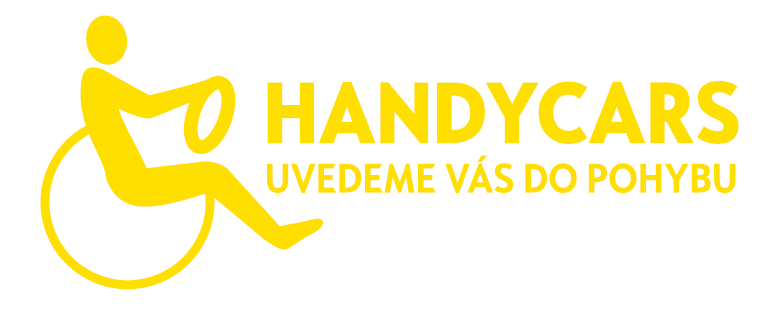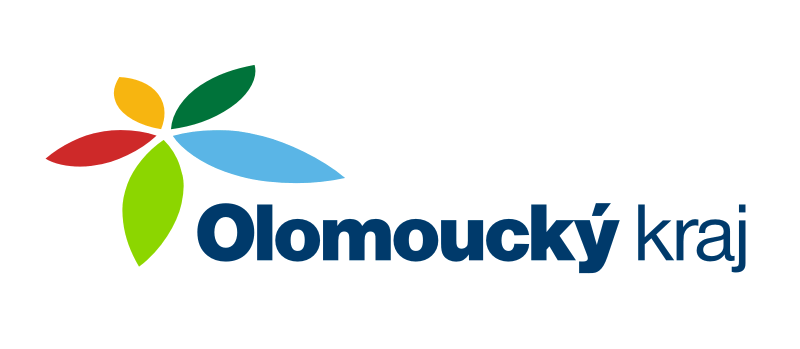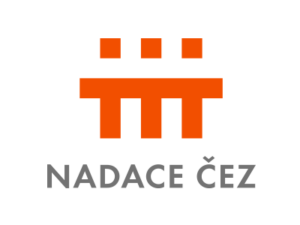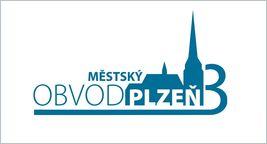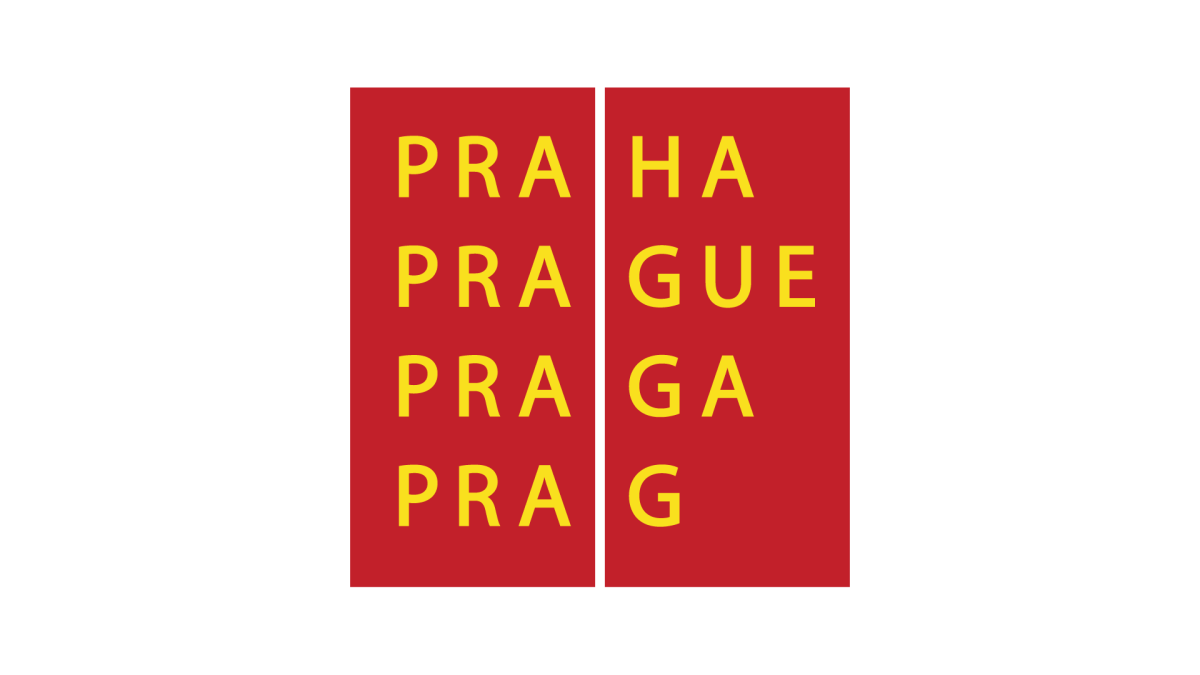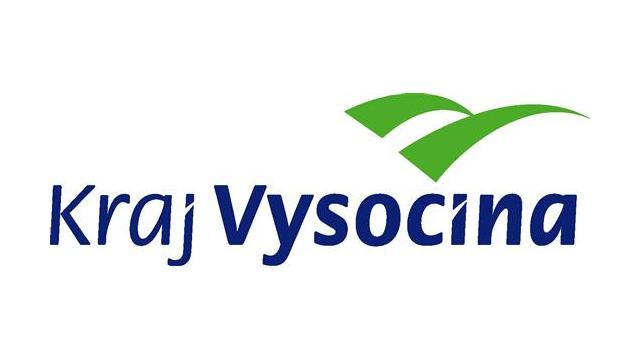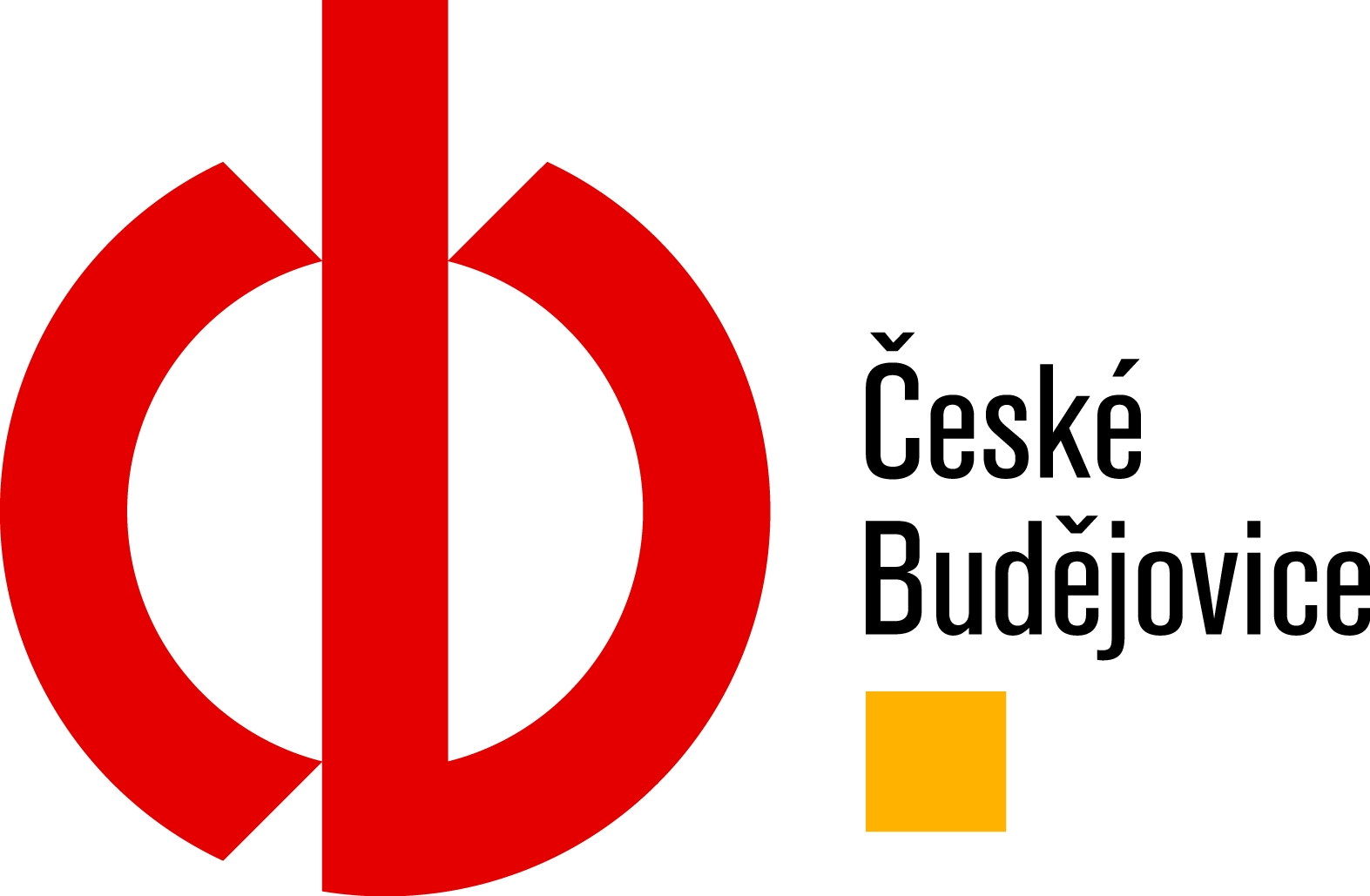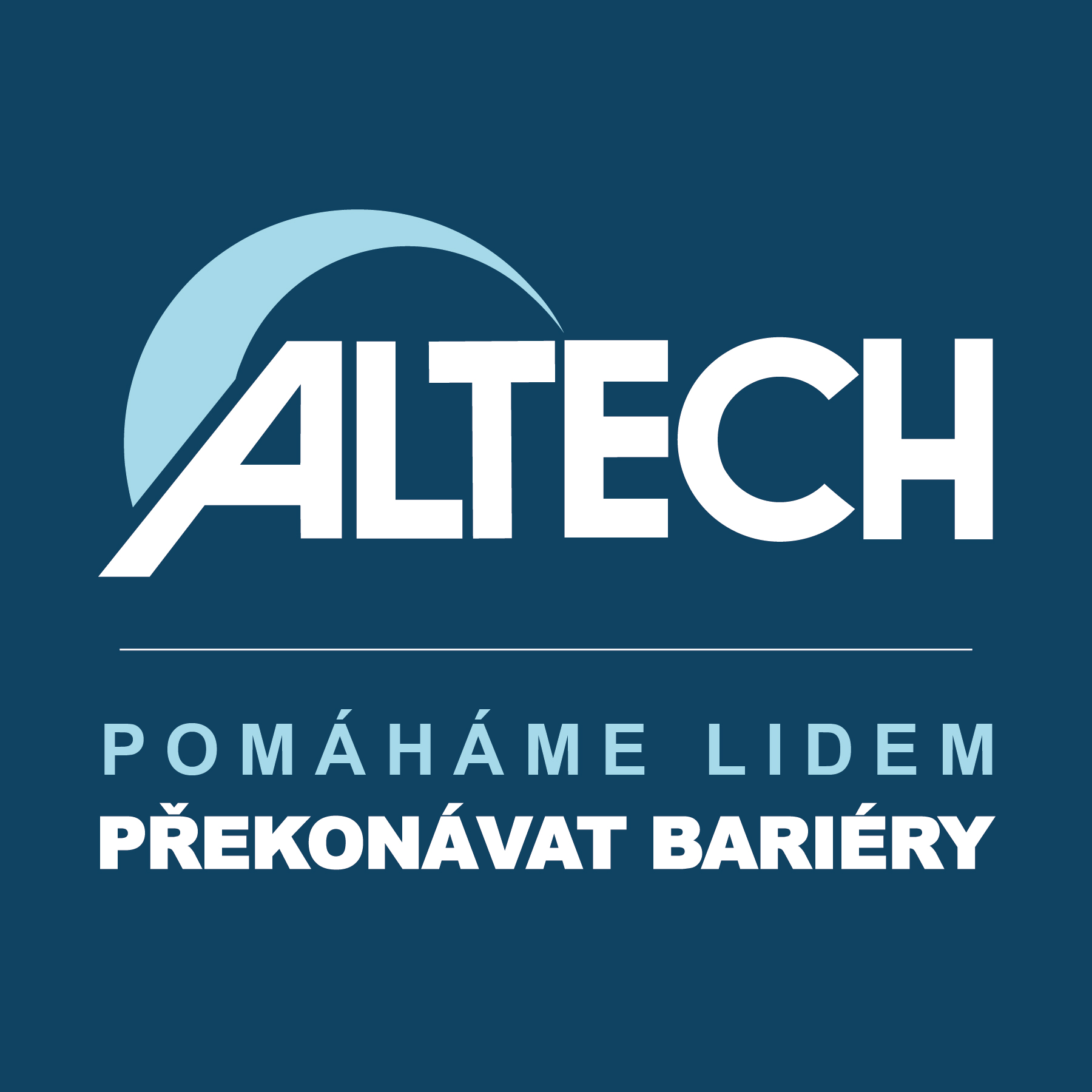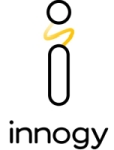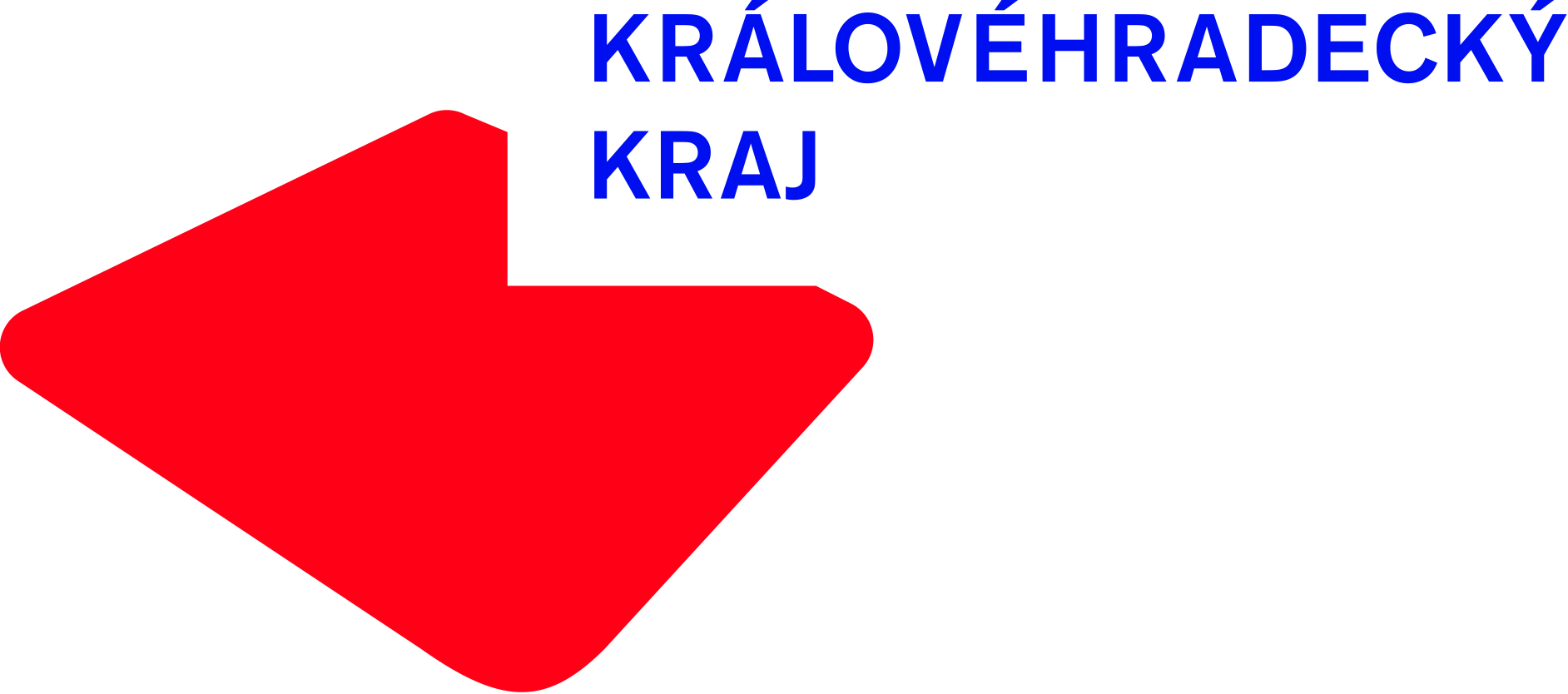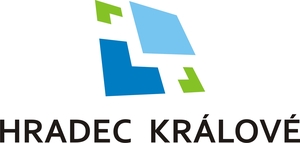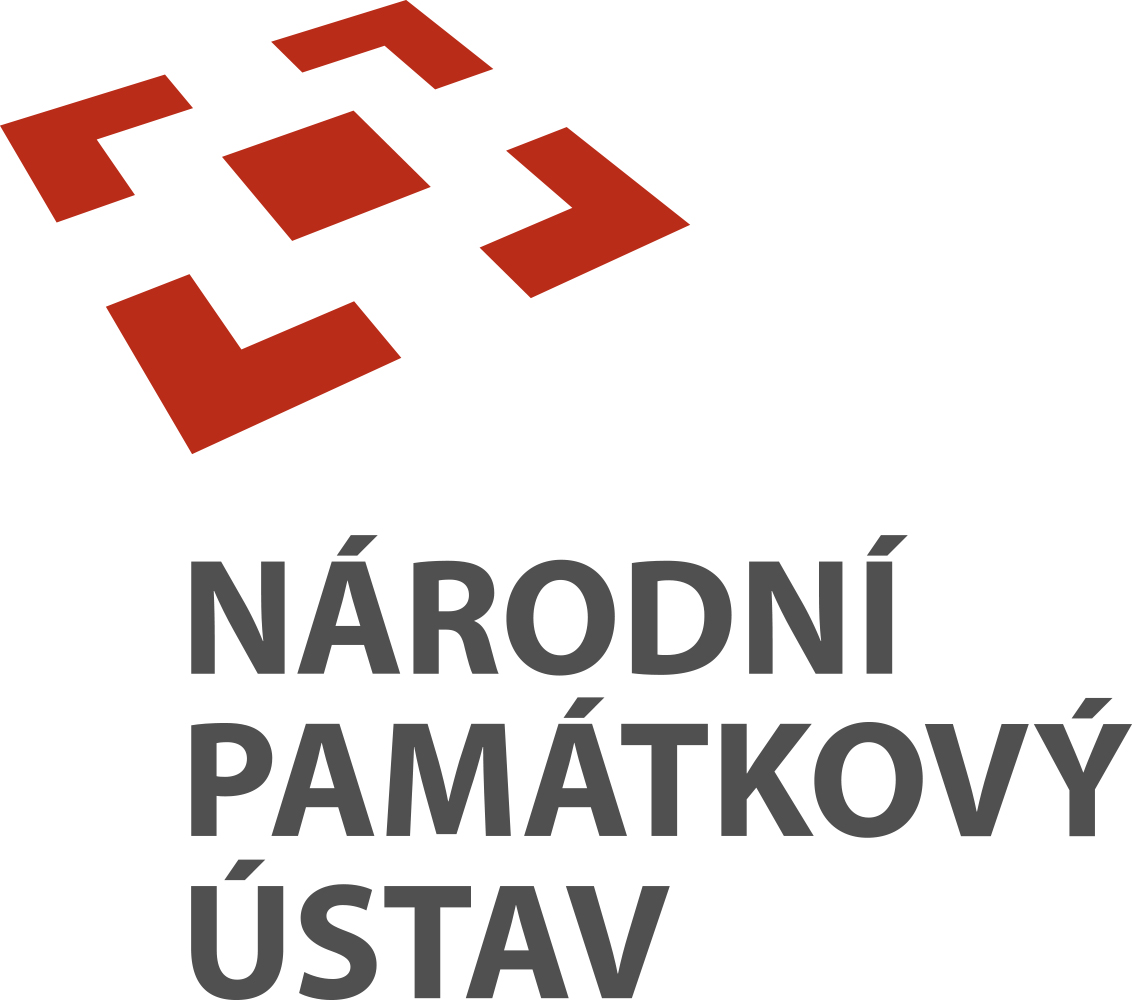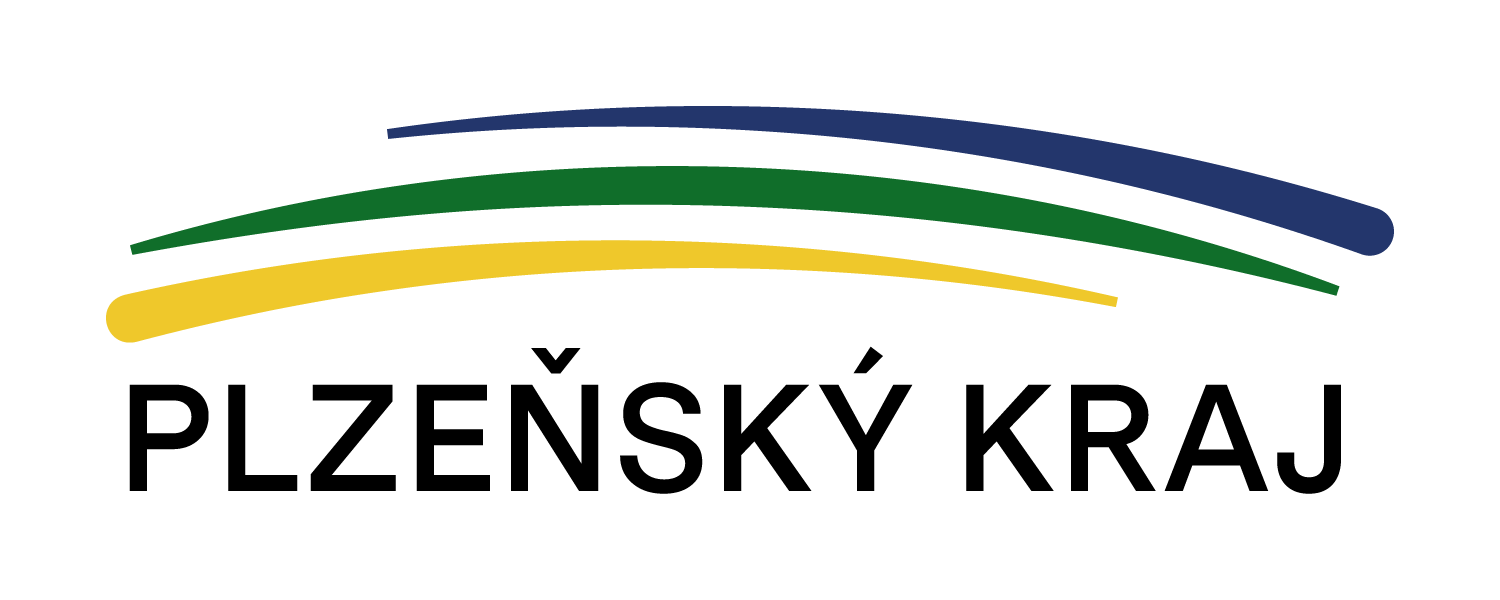10 PRINCIPLES OF COMMUNICATION WITH PATIENTS WITH HEARING IMPAIRMENTS
- Communication with deaf persons using only paper is mostly insufficient. Persons, who were born deaf or lost their hearing at the early stage of their lives do not have sufficient wordage (vocabulary) and as a result of that, written communication does not bring any relief to them.
- You shall speak with a deaf person in a natural, lower, face to face and with ‚empty mouth‘ way. The relevant person should not eat, drink, smoke, chew, hold up her/his chin and should not bring her/his hands in front of the face when speaking with deaf person. It is appropriate to keep slower speech rhythm and not to increase a voice.
- It is of the great relevance to use hand gesture and face-play in the communication with a deaf person. Message receiving is of the same importance as its passing for a deaf person.
- Lip-reading brings no relief for a deaf person. It was realized, that lip-reading is transparent for a deaf person only from 30 – 40%.
- If acting person does not understand a deaf person, it is appropriate to ask the deaf person to slow down or repeat a sentence
- If an acting person can use the basic signs of sign language or finger alphabet, he/she should use it.
- In conversation, a deaf person shall be informed about the topic of the conversation to avoid his feeling of marginalization.
- Contact with a deaf person shall be kept by direct looking eye to eye.
- It is required to switch off all disturbing sounds during the communication with a deaf person.
- If we want to gain a feedback and be certain, that a deaf person has understand your message, it is not suggested to ask if the deaf person understands it, but to ask ‚what has you understood from my speech?‘.
10 PRINCIPLES OF COMMUNICATION WITH PATIENTS WITH BLIND IMPAIRMENTS
- You shall act naturally and easily with a blind person. It is a mistake to presume, that blind persons can only see the darkness that they were born with especially developed sense to perceive barriers or they have excellent hearing or touch.
- Person acting with a blind person shall greet as the first. The greetings and introduction shall be necessarily connect with addressing e.g.: ‚Good morning, Mr. X, my name is Mr. Y‘, to enable the blind person to know, that the greetings was address to him/her. When leaving the room, it is appropriate to point out to the blind person, that the acting person leaves the room. Doors to rooms shall be either completely opened or completely closed.
- Shaking hands substitute eye contact to a blind person. When meeting a blind person, it is enough to announce ‚I shake your hand‘. The eye contact is fundamental in the conversation with a blind person. It is not appropriate to revert face, because blind persons are able to realize it usually.
- During medical inspection, it is important to explain the patient, what will happen, during instrumental inspection it is necessary to describe devices and a process used. Information given to a seeing patient ‚now, it will sting now, etc‘ is absolutely necessary for a blind person.
- It is a mistake to underestimate a blind person. Persons using white stick or wearing black glasses does not necessarily be blind but partially sighted.
- Private properties of blind persons shall remind at the same place. It is to good to manipulate with this properties without his conscious.
- You can freely use words like: to see, to take a look, to wink, to look through. Blind persons use these words for expression of perceiving: feel, touch.
- Meeting with blind persons shall not be realized through her/his assistant. It is necessary to be aware, that the assistant only substitute the blind person. Sentences like ‚Does the man want to sit down?‘ are reluctant.
- A blind person with a guide dog can enter the healthcare facilities. It is not appropriate to touch, feed or speak to a guide dog without a conscious of its owner.
- A blind person shall be appointed for a certain time, which shall be followed to avoid her/his nervousness.
10 PRINCIPLES OF COMMUNICATION WHEN GUIDING PATIENTS WITH BLIND IMPAIRMENTS
- A health-care man goes 1 step ahead of a blind person. He offers guidance to a blind person, but do not push him in front of himself but is a step before.
- When entering a room – surgery, guiding assistant will open the door and a blind person closes it. An assistant shall not push a blind person through doors or not walk around him.
- Before entering a staircase, the assistant shall aware the blind person of the direction of the staircase. ‚Be careful, staircase goes up‘. And he has to inform a blind person on a first and a last stair.
- A blind person gets in an ambulance car after his/her assistant. The assistant shall Lay a blind man’s hand on the upper edge of the door. It is good to agree on who will close the door.
- When passing a narrow corridor, the guiding person shall go as the first, then stretch a hand behind his/her back and a blind person goes behind him in a file.
- When going through door, the guiding person shall enter as the first and a blind person goes on the side of door hinge.
- If the blind person wants to sit down, the guide shall lay a hand of a blind man on the arm. A blind person shall just be said: ‚Here is a chair, this is an arm‘ and he/she immediately realizes the position of the chair and sits down.
- A guide shall help a blind person in WC. The guide shall show him/her a toilet and its type, check if it is clean and informs a blind person where is a toilet paper, flushing, etc.
- A guide shall aware a blind person on a unusual barrier on pavement. Outside, the guide helps with early and quite oral attention.
- The guide shall offer the help to a blind person not to force it.
10 PRINCIPLES OF COMMUNICATION WITH PATIENTS WITH PHYSICAL IMPAIRMENTS
- Health-care man shall communicate only with a patient with physical disabilities when examining an anamnesis, not with a possible guide.
- In the case of necessary manipulation with a patient with physical disabilities, he/she shall be explained what we specifically request or need from her/him and ask a patient to tell us how we shall proceed. Most patients of this kind precisely describe needed way of manipulation.
- We shall ensure that a patient with physical disabilities has her/his needed technical devices within reach, which increase his/her confidence.
- If a certain medical act shall be done, we ask a patient with physical disabilities to choose a place herself/himself. This patient usually knows the relevant place on the body.
- We shall ensure that this patient with physical disabilities is transported with her/his technical devices. A person using wheelchair shall have her/his wheelchair at the disposal.
- In the case of longer stay of a patient with physical disabilities in a healthcare facility we shall realize, which barriers and the surroundings prevent the individual movement of a patient and they shall be removed.
- We make all effort not to leave a person with physical disabilities permanently on the bed, if it is not necessary.
- Only in exceptional cases we use special devices such as catheterization, etc, which is de-honesting for all patients.
- When serving a food we always ask if a person with physical disabilities is able to eat, cut the meal, etc.
- In the case of longer inspections, we shall ensure a time to use WC – accessible toilet shall be a standard in healthcare facilities.

